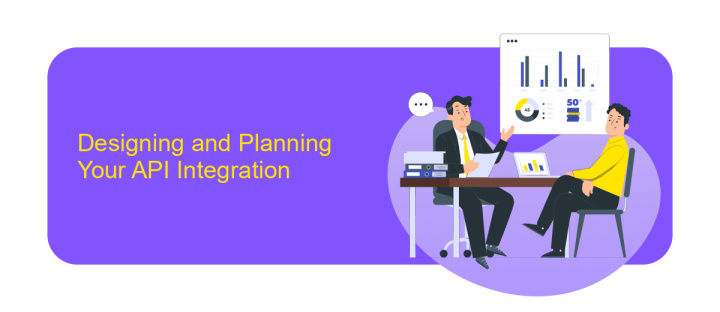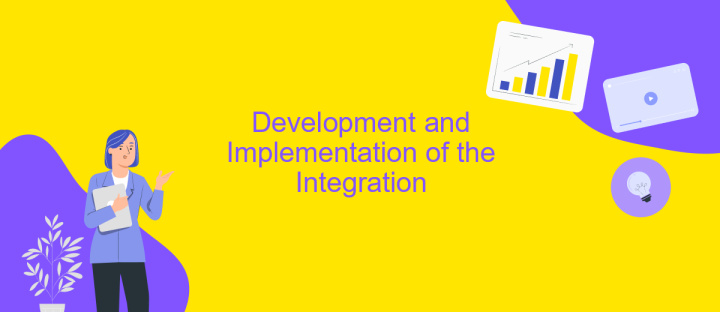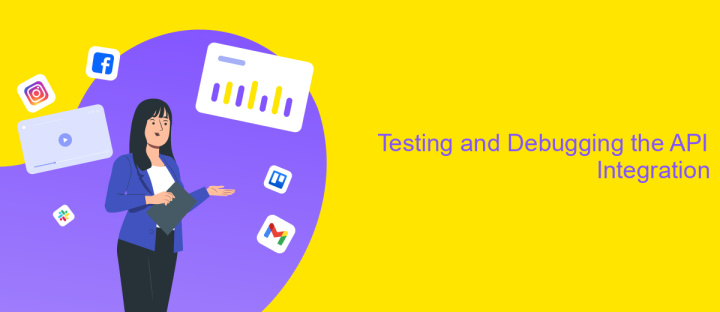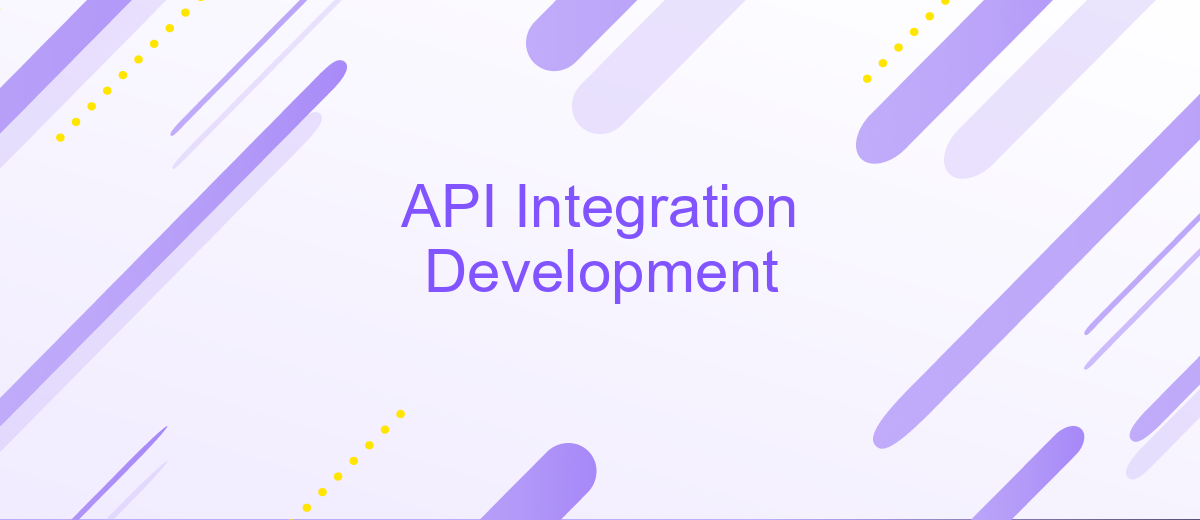API Integration Development
API integration development has become a cornerstone of modern software engineering, enabling seamless communication between disparate systems and applications. By leveraging APIs, businesses can enhance functionality, streamline processes, and foster innovation. This article explores the essential aspects of API integration, discussing best practices, common challenges, and the transformative impact it has on digital ecosystems. Whether you're a developer or a business leader, understanding API integration is crucial for staying competitive in today's tech-driven world.
Understanding API Basics and Terminology
APIs, or Application Programming Interfaces, are essential tools that allow different software applications to communicate with each other. They define the methods and data structures that developers use to interact with external services, enabling seamless integration and functionality expansion. Understanding the basics of APIs involves recognizing their role in connecting disparate systems, simplifying complex processes, and facilitating data exchange.
- Endpoint: A specific URL where an API can access the resources it needs to perform its function.
- Request: The message sent by the client to the server, asking for specific information or action.
- Response: The data sent back from the server to the client after processing a request.
- Authentication: Verifying the identity of a user or application accessing the API.
- Rate Limiting: Controlling the number of requests a client can make to an API within a certain timeframe.
Familiarity with these terms is crucial for developers working on API integration. By mastering these concepts, developers can efficiently design, implement, and troubleshoot API interactions, ensuring robust and scalable application development. This foundational knowledge is the stepping stone to more advanced API-related tasks and innovations.
Designing and Planning Your API Integration

Designing and planning your API integration begins with a clear understanding of the requirements and objectives. Start by identifying the systems that need to be connected and the data that will be exchanged. Consider the specific use cases and workflows that the integration should support. It's crucial to define the endpoints, data formats, and authentication methods that will be used. This foundational planning ensures that the integration will meet business needs and function efficiently.
Once the initial design is outlined, assess the tools and services that can facilitate the integration process. ApiX-Drive, for instance, offers a user-friendly platform for setting up and managing API integrations without extensive coding. It provides pre-built connectors and automation capabilities that can significantly streamline the development process. By leveraging such tools, you can reduce the complexity and time required for integration, allowing your team to focus on optimizing the overall system performance and user experience.
Development and Implementation of the Integration

Developing and implementing API integrations requires a strategic approach to ensure seamless connectivity between systems. Initially, it is crucial to understand the specific requirements and objectives of the integration. This involves analyzing the data flow, identifying the endpoints, and determining the necessary authentication methods. Effective planning lays the foundation for a successful integration process.
- Define the scope and objectives of the integration.
- Select the appropriate API protocols and standards.
- Design the architecture and data mapping strategies.
- Develop the integration using robust coding practices.
- Conduct thorough testing to ensure functionality and security.
- Deploy the integration and monitor performance continuously.
Once the integration is deployed, ongoing monitoring and maintenance are essential to ensure optimal performance. This includes tracking API usage, addressing any errors promptly, and updating the integration as needed to accommodate changes in the systems or business requirements. By adhering to these steps, organizations can achieve efficient and reliable API integrations that enhance their operational capabilities.
Testing and Debugging the API Integration

Testing and debugging are crucial stages in API integration development. They ensure that the API functions as expected and interacts seamlessly with other systems. During testing, developers can identify and rectify issues before the integration goes live, thus preventing potential disruptions.
To begin, developers should create a comprehensive test plan that covers all possible scenarios. This includes both positive and negative test cases to ensure the API handles all inputs correctly. Automated testing tools can be employed to streamline this process and provide consistent results.
- Validate API endpoints for correct responses and error handling.
- Check data integrity and format consistency across different systems.
- Monitor API performance under various load conditions.
- Use logging to track API requests and responses for debugging purposes.
Debugging involves analyzing logs and using diagnostic tools to pinpoint issues. It's essential to have detailed logging and error reporting to facilitate this process. By systematically testing and debugging, developers can enhance the reliability and efficiency of the API integration, ensuring a smooth user experience.


Deployment, Maintenance, and Monitoring
Deploying an API integration requires careful planning and execution to ensure seamless operation. Begin by setting up a robust deployment pipeline that automates the process, minimizing manual errors and downtime. Utilize containerization tools like Docker to streamline deployment across diverse environments. Once deployed, it's essential to configure the integration to suit the specific needs of your application. Services like ApiX-Drive can simplify this process by offering customizable integration templates and real-time data synchronization, ensuring that your systems communicate effectively without extensive manual intervention.
Post-deployment, maintaining and monitoring your API integration is crucial to ensure ongoing performance and reliability. Implement regular maintenance checks to update and optimize the integration, addressing any potential security vulnerabilities. Monitoring tools should be in place to track API usage, latency, and error rates, providing insights into the system's health. ApiX-Drive offers monitoring features that alert you to any anomalies, allowing for quick resolution of issues. By maintaining a proactive approach, you can ensure the API integration continues to meet your application's needs and adapts to evolving requirements.
FAQ
What is API integration, and why is it important?
How do I choose the right API for my integration needs?
What are some common challenges in API integration development?
How can I automate my API integration processes?
What is ApiX-Drive, and how can it help with API integration?
Apix-Drive is a universal tool that will quickly streamline any workflow, freeing you from routine and possible financial losses. Try ApiX-Drive in action and see how useful it is for you personally. In the meantime, when you are setting up connections between systems, think about where you are investing your free time, because now you will have much more of it.

